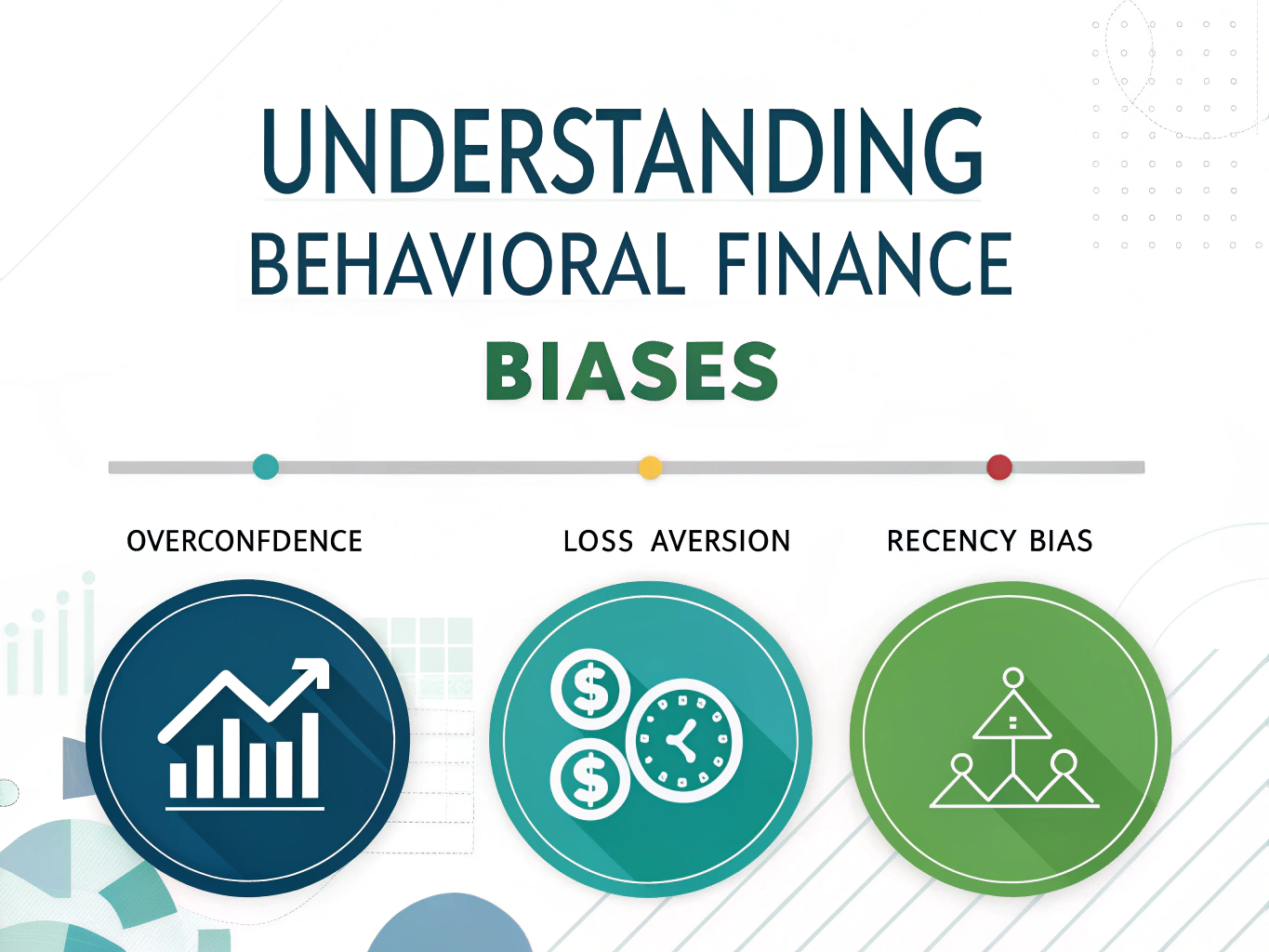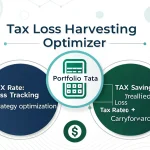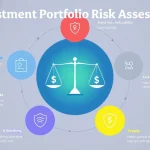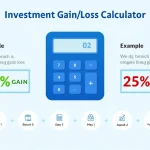Behavioral Finance Bias Assessment
Is this tool helpful?
How to Use the Behavioral Finance Bias Assessor Effectively
Use this tool to evaluate key behavioral finance biases that influence your investment decisions. Follow these steps to obtain a clear picture of your cognitive biases:
- Enter your Overconfidence Bias Score (0-100): Rate how often you overestimate your market knowledge or trading abilities. For example, if you often take high-risk trades based on your intuition without data, you might score 70. If you hesitate to act without extensive research, you might score 35.
- Input your Loss Aversion Bias Score (0-100): Assess how strongly you avoid losses compared to pursuing gains. For instance, if you hesitate to sell underperforming assets because you fear realizing a loss, you may score 85. If you accept losses quickly to optimize your portfolio, your score might be 40.
- Provide your Recency Bias Score (0-100): Evaluate how much recent market events sway your investment choices. For example, if a recent market drop caused you to change your strategy abruptly, you could score 80. If you stick to your long-term plan regardless of recent trends, your score might be 20.
After entering these scores, the tool calculates your average bias level using this formula:
$$ \text{Bias Score} = \frac{\text{Overconfidence} + \text{Loss Aversion} + \text{Recency}}{3} $$This yields a value between 0 and 100, representing your overall behavioral finance bias intensity.
What is the Behavioral Finance Bias Assessor?
The Behavioral Finance Bias Assessor is a practical tool designed to help you identify how behavioral biases may affect your investment strategy. Behavioral biases are patterns of thinking that can lead you to make less rational financial decisions. By measuring your biases, you gain insight into your decision-making style and can develop steps to improve your investment outcomes.
Key Benefits of Using the Bias Assessment Tool
- Gain self-awareness: Understand how emotions and cognitive patterns impact your investment choices.
- Improve risk management: Identify bias-driven behaviors that may lead to excessive risk-taking or missed opportunities.
- Enhance investment strategy: Use your bias scores to create more objective and disciplined decision processes.
- Support professional growth: Financial advisors and professionals can use this tool to better understand client behavior and tailor advice.
Understanding the Three Core Behavioral Biases
- Overconfidence Bias: The tendency to overestimate your knowledge or ability to predict market movements, which can lead to taking unnecessary risks.
- Loss Aversion Bias: The strong preference to avoid losses rather than to acquire equal gains, often causing reluctance to sell losing assets.
- Recency Bias: Giving disproportionate weight to recent events, causing you to overreact to short-term market changes instead of focusing on long-term trends.
Example Bias Score Calculations
Here are two sample investor profiles to illustrate how the tool calculates bias scores:
Balanced Investor Profile:
- Overconfidence: 40
- Loss Aversion: 60
- Recency: 50
Calculated Bias Score:
$$
\frac{40 + 60 + 50}{3} = 50
$$
Risk-Averse Investor Profile:
- Overconfidence: 25
- Loss Aversion: 85
- Recency: 40
Calculated Bias Score:
$$
\frac{25 + 85 + 40}{3} = 50
$$
Both profiles have the same bias score, but with different individual tendencies, showing how the tool provides deeper insight than a single number.
Practical Uses of the Behavioral Finance Bias Assessor
For Individual Investors
- Create tailored investment plans aligned with your behavioral profile.
- Develop strategies to counteract biases that can hurt your returns.
- Track changes in your bias scores over time to monitor improvement.
For Financial Advisors and Professionals
- Gain a structured method to understand client decision-making tendencies.
- Improve communication by addressing clients’ biases directly.
- Customize portfolio recommendations based on clients’ bias profiles.
For Investment Firms and Teams
- Use the tool to assess team members’ biases and improve collaboration.
- Incorporate bias assessments into risk management frameworks.
- Enhance organizational decision processes by recognizing collective behavioral patterns.
Important Disclaimer
The calculations, results, and content provided by our tools are not guaranteed to be accurate, complete, or reliable. Users are responsible for verifying and interpreting the results. Our content and tools may contain errors, biases, or inconsistencies. We reserve the right to save inputs and outputs from our tools for the purposes of error debugging, bias identification, and performance improvement. External companies providing AI models used in our tools may also save and process data in accordance with their own policies. By using our tools, you consent to this data collection and processing. We reserve the right to limit the usage of our tools based on current usability factors. By using our tools, you acknowledge that you have read, understood, and agreed to this disclaimer. You accept the inherent risks and limitations associated with the use of our tools and services.







